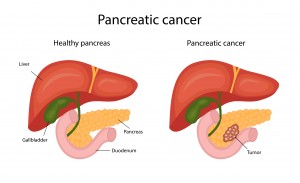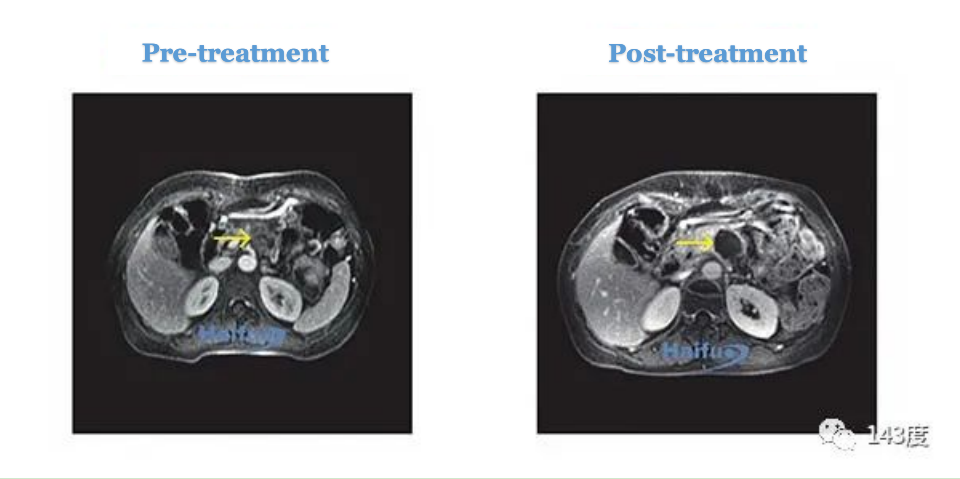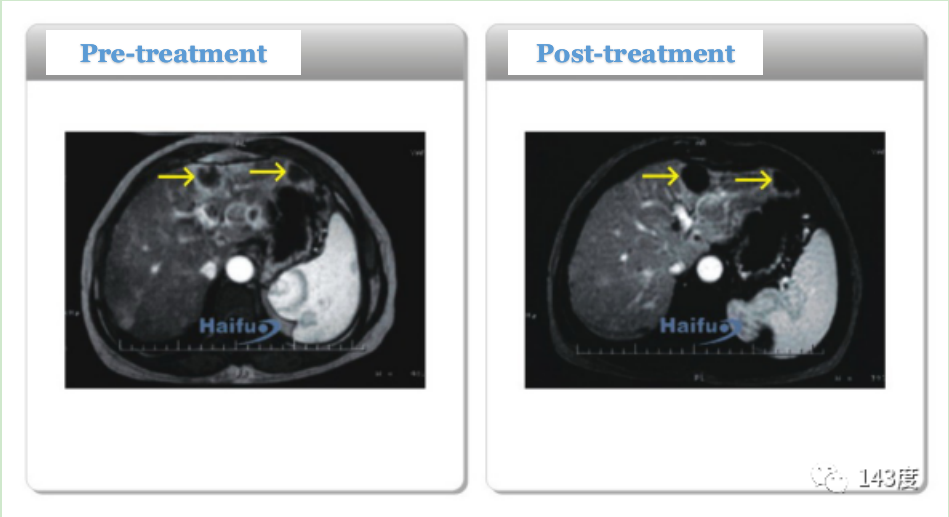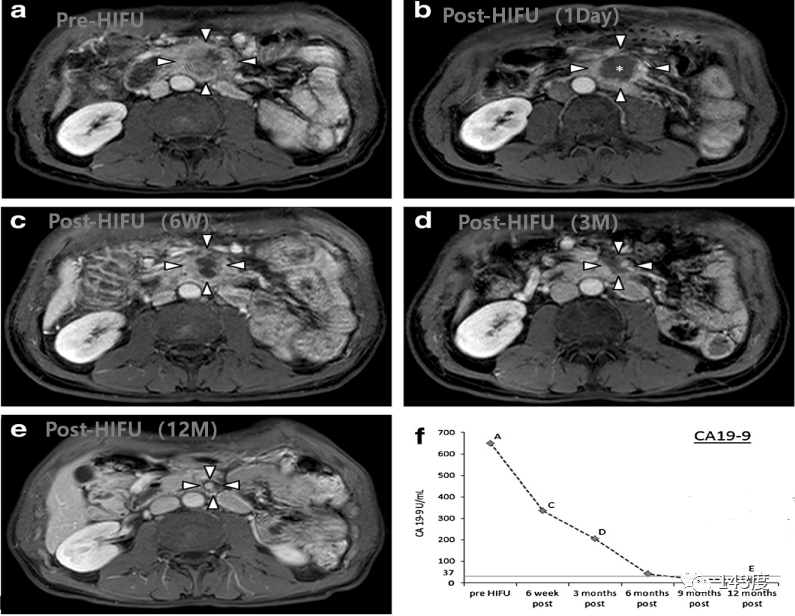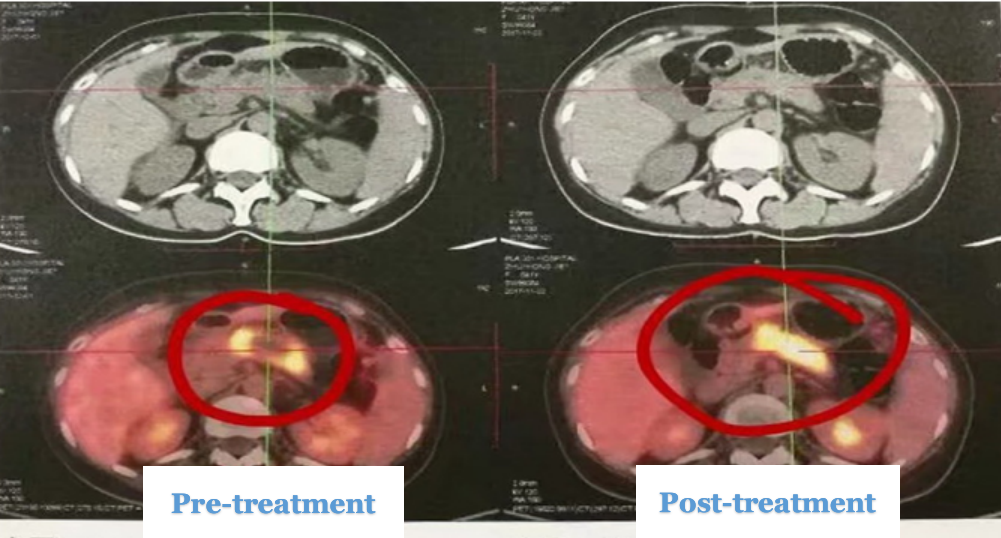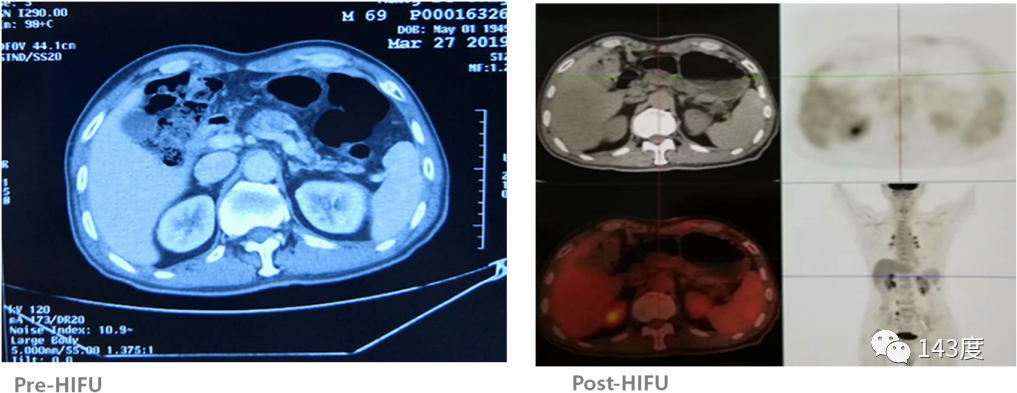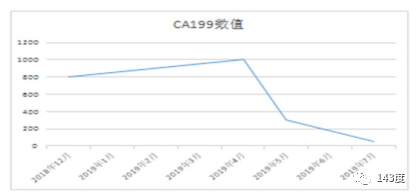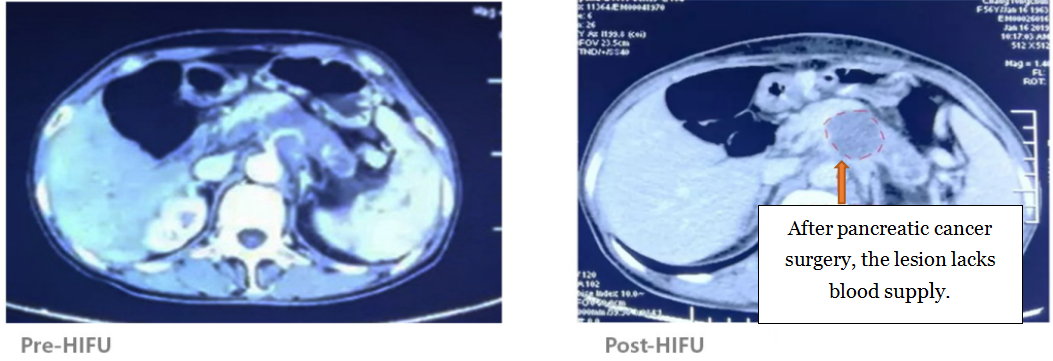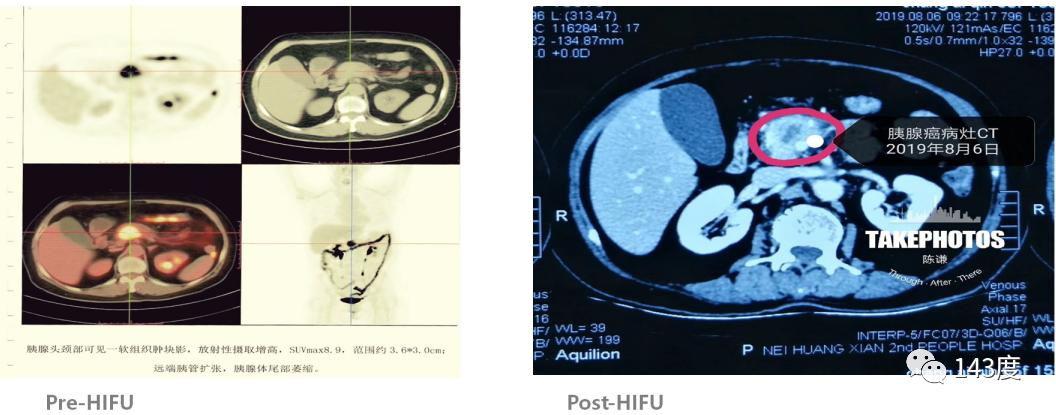Pancreatic cancer has a high degree of malignancy and poor prognosis. In clinical practice, most patients are diagnosed at an advanced stage, with low surgical resection rates and no other special treatment options. The use of HIFU can effectively reduce the tumor burden, control pain, thereby prolonging patient survival and improving quality of life.
The history of Hyperthermia for tumors can be traced back 5,000 years ago in ancient Egypt, with records in ancient Egyptian manuscripts describing the use of heat to treat breast tumors. The founder of thermal therapy, Hippocrates, who is considered the father of Western medicine, lived around 2,500 years ago.
Hyperthermia is a treatment method that involves applying various heating sources (such as radiofrequency, microwave, ultrasound, laser, etc.) to increase the temperature of tumor tissue to an effective therapeutic level. This rise in temperature leads to the death of tumor cells while minimizing damage to normal cells.
In 1985, the U.S. FDA certified surgery, radiation therapy, chemotherapy, Hyperthermia, and immunotherapy as the fifth effective methods for tumor treatment, representing a new and effective approach.
The basic principle is to use physical energy to heat the whole body or a specific area of the body, raising the temperat ure of the tumor tissue to an effective therapeutic level and maintaining it for a certain period of time. By taking advantage of the differences in tolerance to temperature between normal tissues and tumor cells, it aims to achieve the goal of inducing tumor cell apoptosis without damaging normal tissues.
Pancreatic Cancer Treatment Case 1:
Patient: Female, 46 years old, tumor in the tail of the pancreas
The diameter of the tumor measures 34mm (anteroposterior), 39mm (transverse), and 25mm (craniocaudal). Following ultrasound-guided thermal ablation therapy, a follow-up MRI revealed that the majority of the tumor had been inactivated.
Pancreatic Cancer Treatment Case 2:
Patient: Female, 56 years old, pancreatic cancer with multiple liver metastases
Simultaneous treatment for both pancreatic and liver metastases using ultrasound-guided thermal ablation therapy. A follow-up MRI showed tumor inactivation, with clear and precise margins.
Pancreatic Cancer Treatment Case 3:
Patient: Male, 54 years old, pancreatic cancer
Pain completely relieved within 2 days after HIFU (high-intensity focused ultrasound) treatment. The tumor shrank by 62.6% at 6 weeks, 90.1% at 3 months, and CA199 levels returned to normal at 12 months.
Pancreatic Cancer Treatment Case 4:
Patient: Female, 57 years old, pancreatic cancer
Tumor necrosis occurred 3 days after HIFU treatment. The tumor shrank by 28.7% at 6 weeks, 66% at 3 months, and pain was completely relieved.
Pancreatic Cancer Treatment Case 5:
Patient: Female, 41 years old, pancreatic cancer
After 9 days of HIFU treatment, a follow-up PET-CT scan showed extensive necrosis at the center of the tumor.
Pancreatic Cancer Treatment Case 6:
Patient: Male, 69 years old, pancreatic cancer
A follow-up PET-CT scan half a month after HIFU treatment revealed complete disappearance of the tumor, no FDG uptake, and a subsequent decline in CA199 levels.
Pancreatic Cancer Treatment Case 7:
Patient: Female, 56 years old, pancreatic cancer
A follow-up CT scan one day after HIFU treatment showed 80% tumor ablation.
Pancreatic Cancer Treatment Case 8:
57 years old, pancreatic cancer
After HIFU treatment, a follow-up CT scan revealed complete ablation at the center of the tumor.
Post time: Aug-03-2023

